Your small business Website is where your potential Customers manage to catch a glimpse into the heart and soul of your brand. And the content on your Site—every word, every phrase, and every carefully-crafted line—forms an impression that can be the difference between them bouncing off faster than the speed of light, or converting them into your next sale.
This blog post is not just about boring, old basics of Copywriting; it's actually about transforming your Website into a compelling narrative that converts. Whether you're completely new to the game or looking to sharpen your existing content, these steps will guide you through six easy steps of crafting copy that you, Search Engines, and your Customers, love.
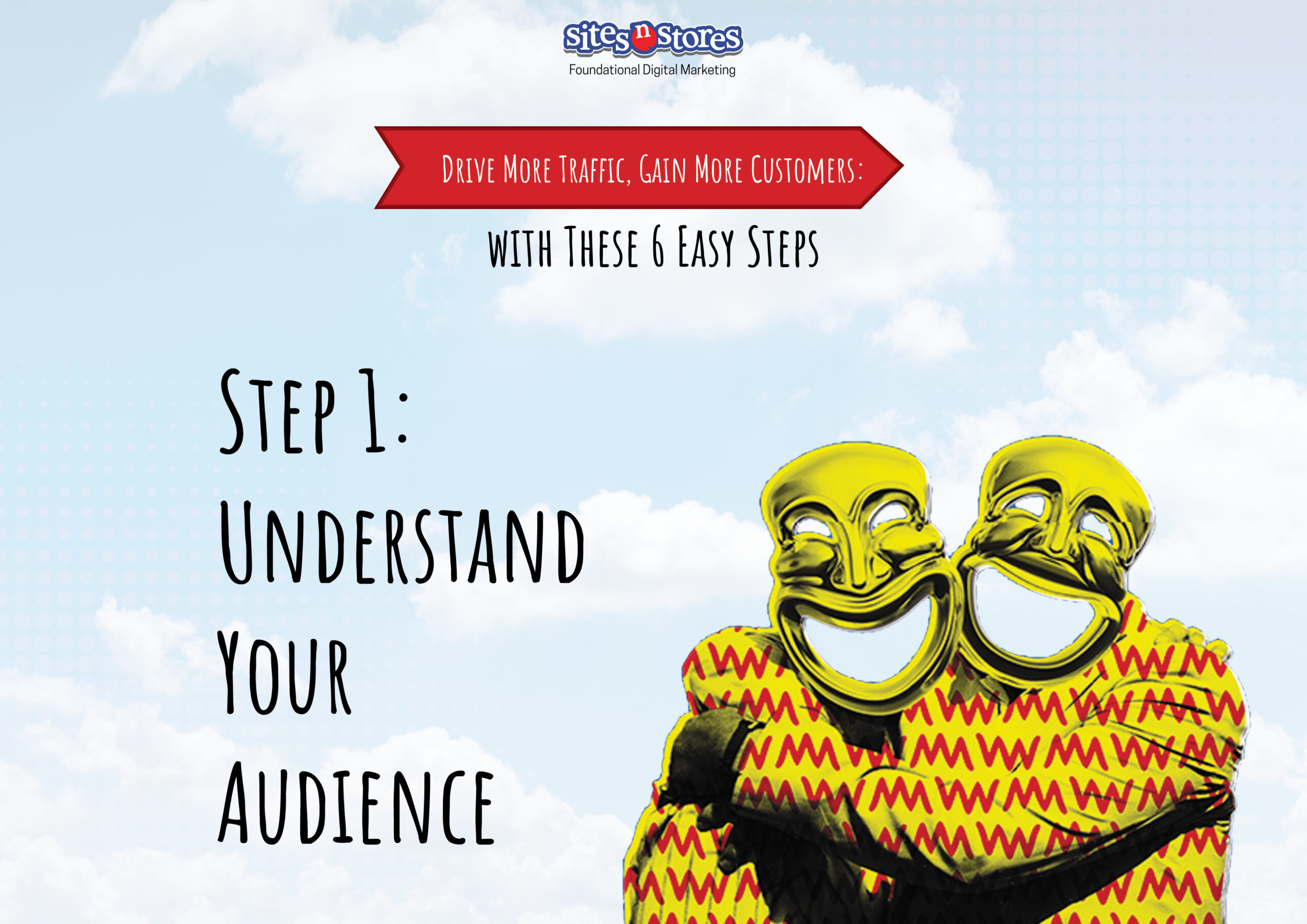
Step 1: Understand Your Audience
Before your fingertips even hit the keyboard, the first step in crafting compelling copy is understanding who you’re speaking to. You need to wear the hat of your target audience to develop content that truly engages.
- Identify Personas: Who are your ideal Customers? Create detailed personas of your target audience that cover their demographics, job roles, interests, and challenges.
- Find Their Pain Points: What keeps them awake at night? Effective copy speaks to the reader's needs and offers solutions. Being able to pinpoint their frustrations or unanswered questions is key to resonating with your audience.
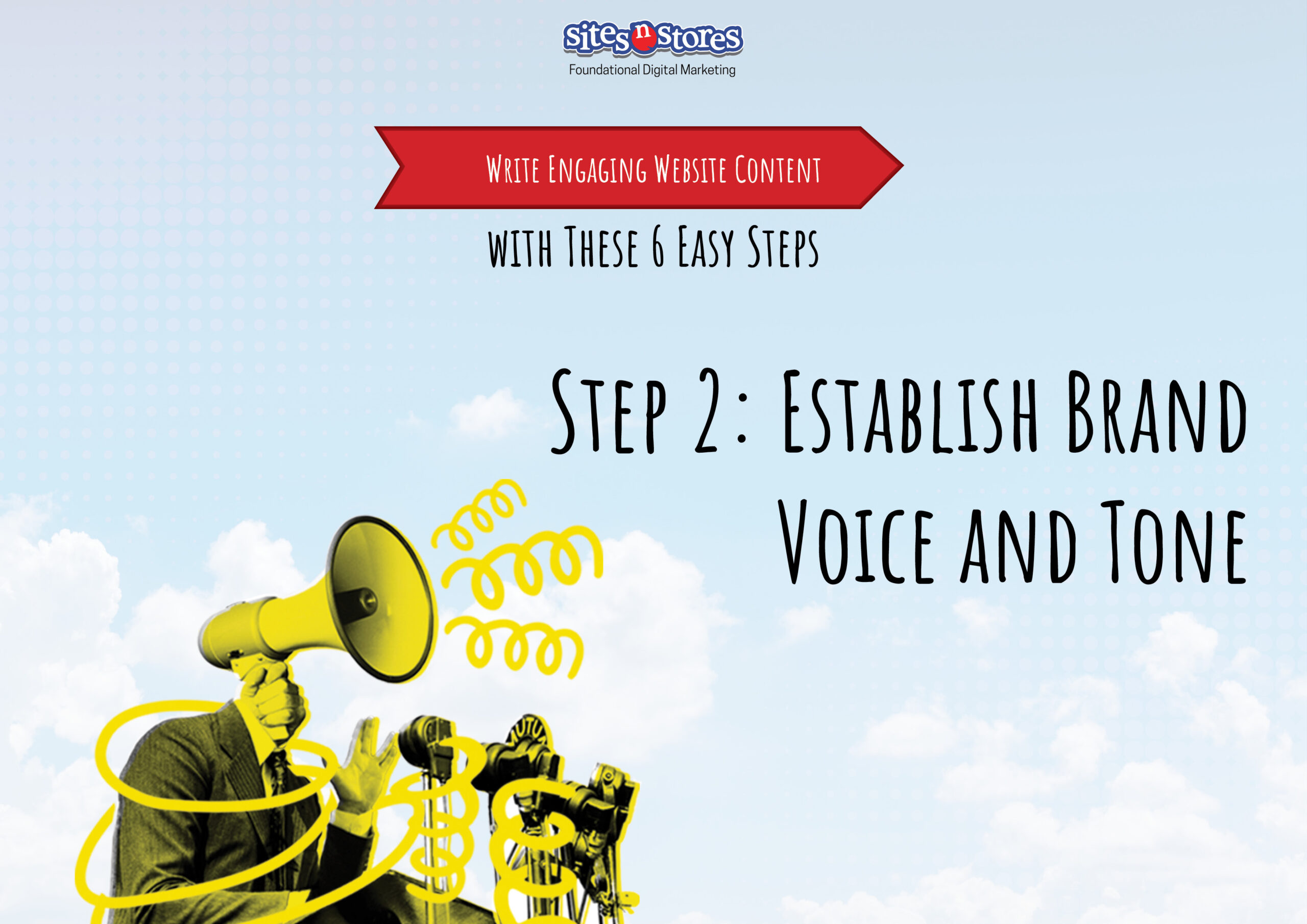
Step 2: Establish Brand Voice and Tone
The character of your brand’s voice in your copy is what makes you distinctive. Think of it like your brand’s DNA. This tone of voice needs to be present in all content and across all platforms that your business posts to.
- Define Your Brand’s Personality: Is your brand playful, professional, or nurturing? Your personality should echo that of your audience's but with a distinction of character that makes you memorable.
- Align Your Tone: Based on the context and audience, adjust the tone of your writing. For example, if you're addressing a serious issue, that would call for you to maintain a respectful and empathetic tone.

Step 3: Craft Headlines and Subheadings
Your headlines and subheadings are what your visitors's eyes are drawn to first. So, they better be good! Visitors will assess them to find the information they seek, and also judge whether they want to continue reading or sticking around on your Site.
- Grabbing Attention with Headlines: Your headline should be a promise that’s too intriguing to ignore. Convey the value proposition and draw visitors in with creativity and relevance.
Subheadings as a Storytelling Device: Each subheading introduces a new chapter of your story. Make them descriptive, so even a quick scan tells a story to your reader, and lures them deeper into your content.
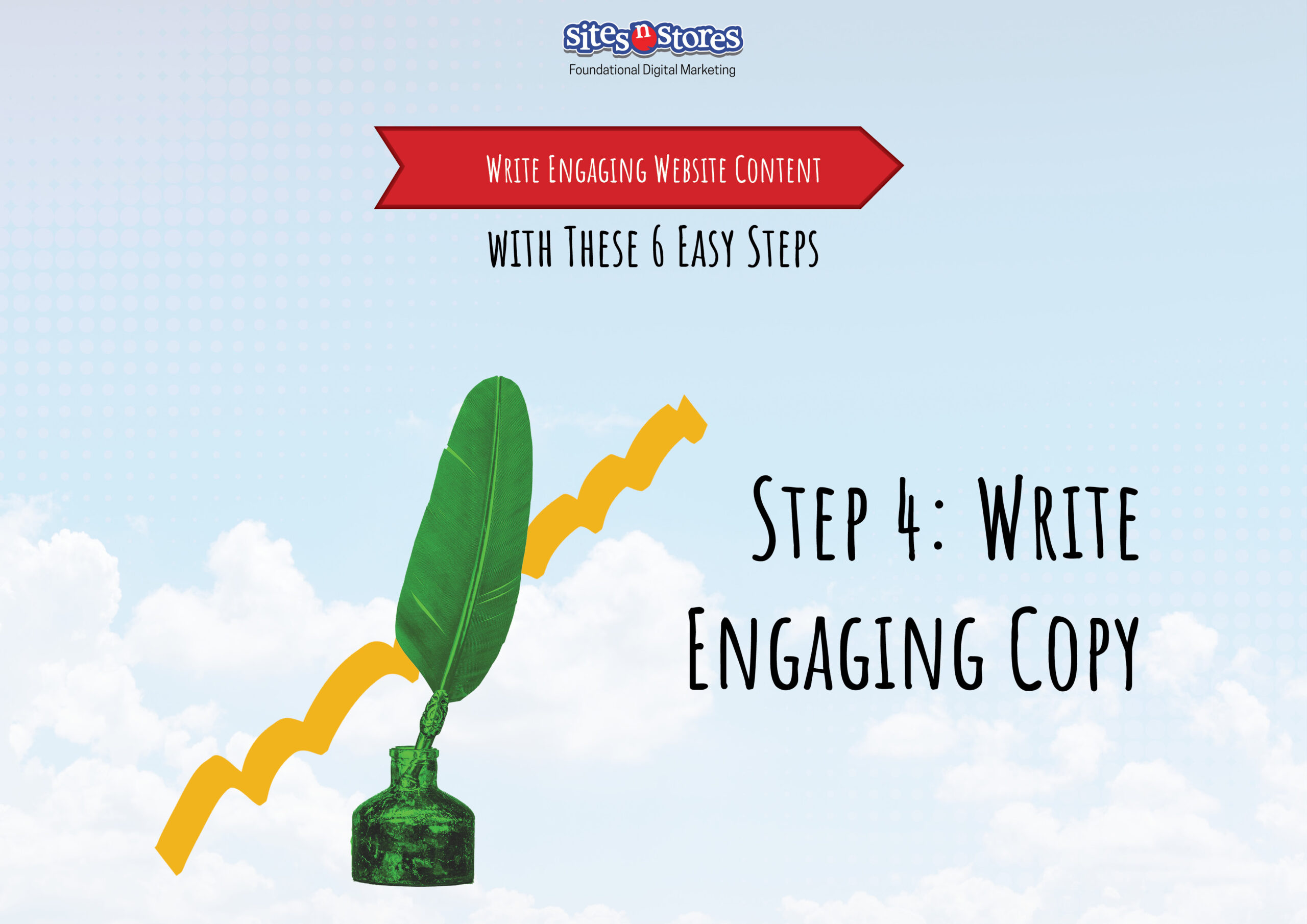
Step 4: Write Engaging Copy
Now, for the fun part! The meat of your story. Your content has to do a lot more than just inform, it also needs to entertain and persuade.
- Use Storytelling: People love stories, and they love brands that can take them on a narrative journey. Describe the 'before' and 'after' states that your product or service can provide the readers, and make them feel like they're the protagonists of their own success story.
- Harness Persuasive Language: Incorporate Calls-to-Action (CTAs) that guide your visitors through a sequence of actions, from reading to subscribing or purchasing.
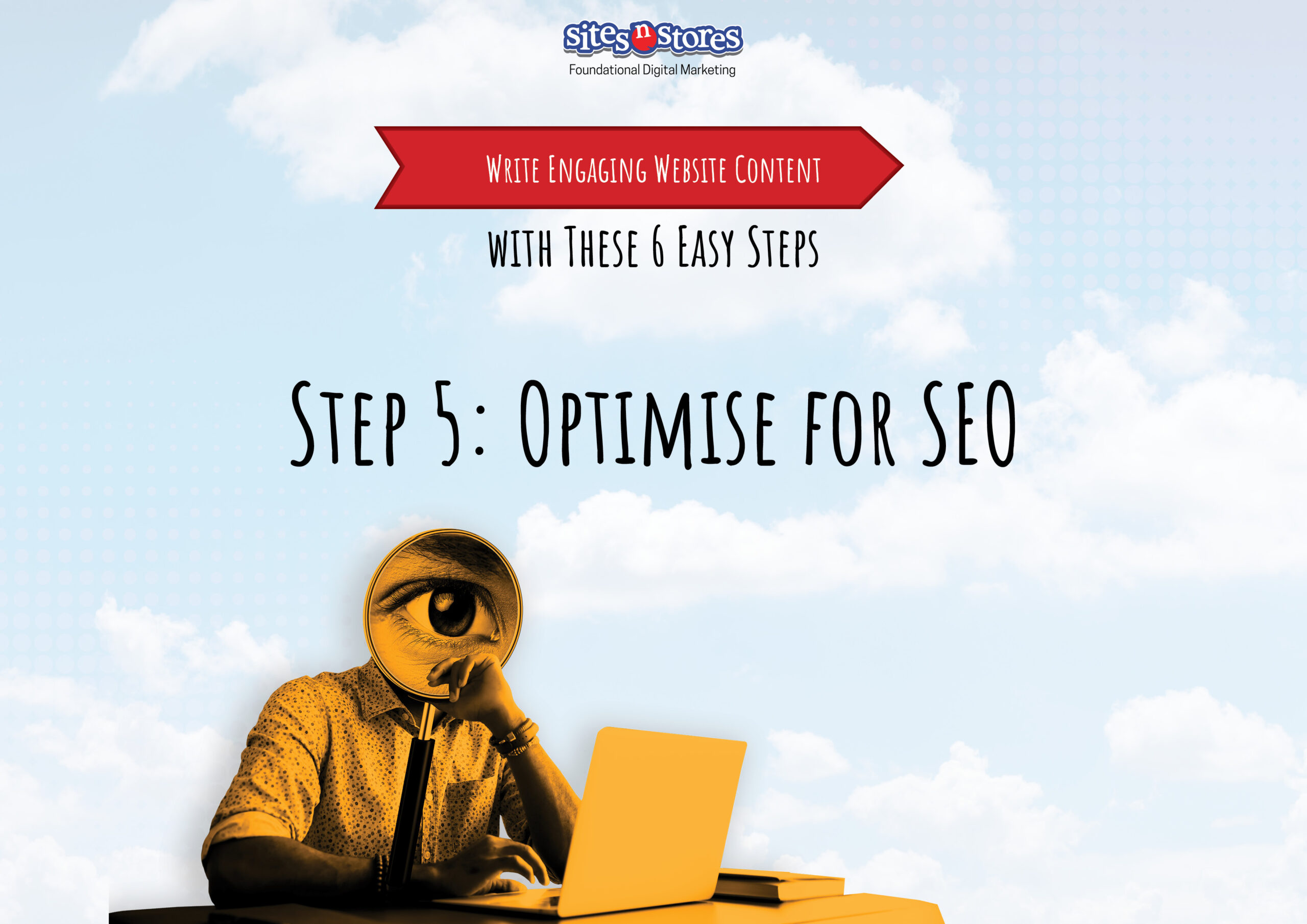
Step 5: Optimise for SEO
Your Website might have the best story, but it’s of no use if no one knows where to find it. SEO is about making sure your digital masterpiece is discoverable by your potential Customers in the SERPs (Search Engine Result Pages)!.
- Keyword Integration: Identify relevant keywords your Customers might use to find your services or products Online and integrate these into your copy naturally. Remember: keyword stuffing is a bore and a chore!
Search Engine Structure: Your content should be structured for easy consumption by Search Engines. Use descriptive meta tags, headers, and alt text for images that align with your primary keywords.
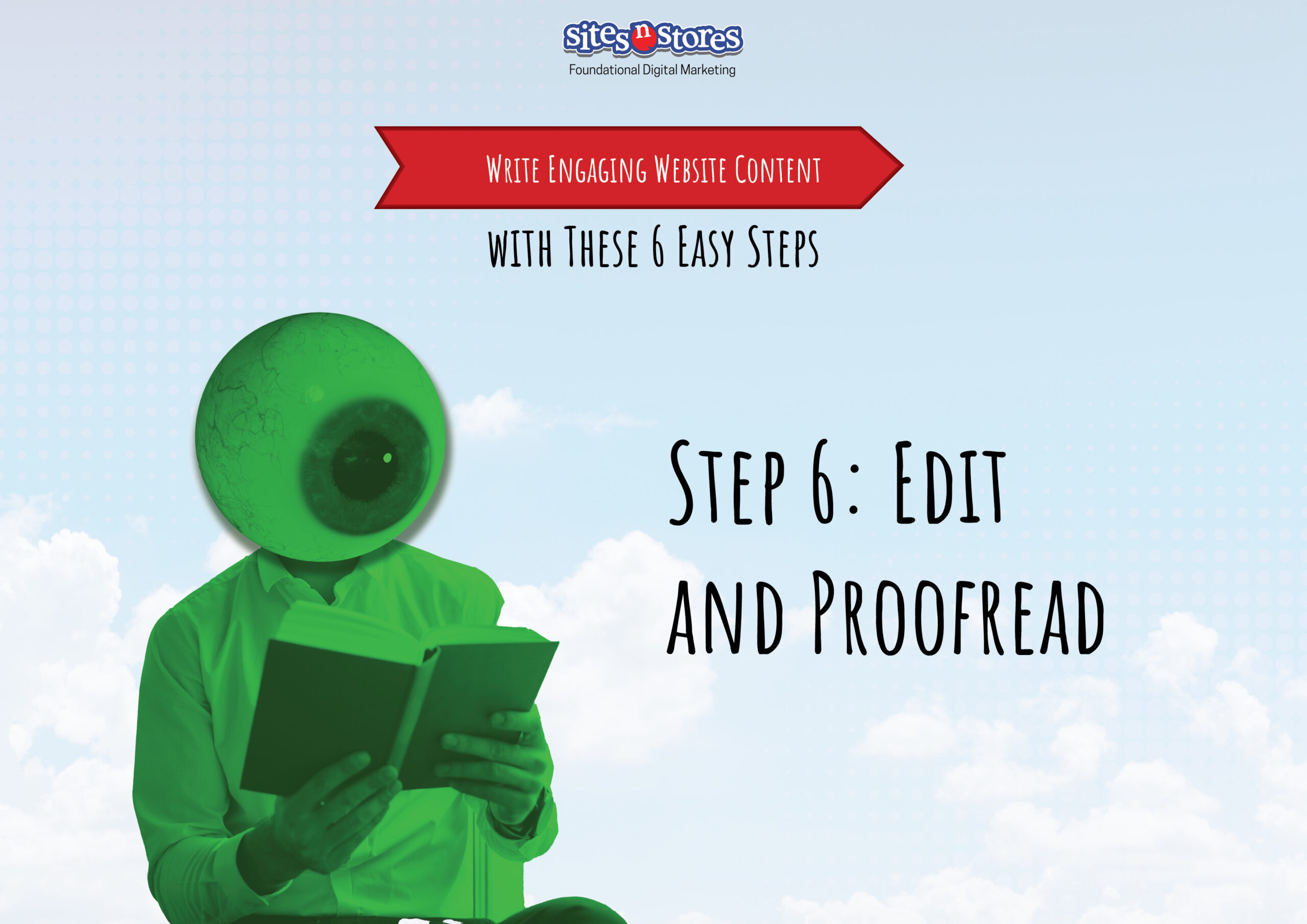
Step 6: Edit and Proofread
Even the most engaging copy can be frowned upon if it's riddled with errors. Ensure your narrative is polished and perfect before it's unveiled, otherwise you risk losing credibility and pushing your Customers away.
- Check and Double-Check: Scour your copy for errors in grammar, spelling, and punctuation, or ask a trusty confidant to be your second set of eyes.
- Clarity and Coherence: Does your copy flow? Are the arguments compelling and the steps clear? Edit with the intent of improving comprehension and coherence without losing your unique tone.
The copy on your small business Website is the first impression, the sales pitch, and the hand that guides your Customers through their Online experience. By following our easy steps for creating copy for your Site, you're sculpting an experience that make you more discoverable, delight your visitors and strengthen your brand. The pen (or keyboard) is in your hand. It's time to write your business epic!

5. SEO: Making Your Content Discoverable
Ah, the magic of SEO - the art of making your content visible to those cheeky Search Engines. Adding in relevant keywords naturally throughout your content ensures that Search Engines recognise what your business is offering, and can then present your Website to those specifically seeking your wares!
To make it super simple to understand, you need to be adding in the keywords that your target audience would search for in Search Engines like Google or Bing, throughout your content.
If you master the art of keyword placement, you can watch your Website rise to the top of the Search Engine Results Pages (SERPs), making your brand much more visible to potential Customers.

6. Authentic Content with a Personal Touch
Authenticity is the added touch that sets you apart. Let’s face it, there are so many competitors of yours out there, you need to find a way to stand out, as Customers can be overwhelmed by the choice of businesses.
Infuse your content with a personal touch, letting your brand's personality shine through. Customers appreciate realness, and authenticity creates a bond that will help keep your business top of their mind (and hopefully ahead of pesky competitors!). A handy hint is to also keep this content voice of your brand across all content, including on Social Media platforms and emails etc.
Be genuine, be yourself - authenticity is the strongest weapon in your arsenal.
Your content is the legacy of your brand that you leave behind on your Website. Your brand's story should take centre stage, all while working to influence and encourage your Site visitors to convert!
So, dear Small Business friend, use our six content tips to weave a spell so mesmerising that visitors become Customers, and Customers become lifelong patrons. Time to create your content story that leaves a lasting impression on your audience!



